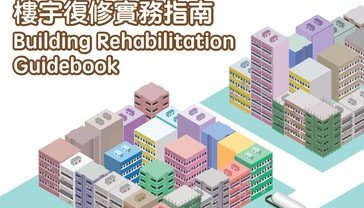What are Common Areas?
Owners’ corporations and owners are responsible for properly managing and maintaining the common areas of a building. If common areas are poorly managed or fall into disrepair, resulting in accidents, all owners may be held liable. However, how do individual owners determine which parts of the building are considered common areas?
Common areas are parts of a building that all owners can collectively use, as specified in the Deed of Mutual Covenant (DMC). The DMC typically defines the extent of common areas. Additionally, the law also provides an interpretation of common areas. According to Section 2 of the Building Management Ordinance (Cap. 344), common parts are defined as:
|
a)
b) |
the whole of a building, except such parts as have been specified or designated in an instrument registered in the Land Registry as being for the exclusive use, occupation or enjoyment of an owner; and unless so specified or designated, those parts specified in Schedule 1. |
Parts specified in Schedule 1 include entrance lobbies, corridors, external walls, staircases, landings, rooftop parapets, water tanks, lifts, pumps, fire-fighting equipment, and installations or facilities intended for the use and benefit of all of the owners generally.
To clearly understand or determine the common areas of a building, individual owners should first refer to their assignments and the attached plans. If the assignment and the attached plans specify or mark certain areas, those marked areas are not considered "common areas" even if they conflict with the DMC. In such cases, the responsibility for maintenance lies with the owner who holds the title to that area.
If the assignment does not specify ownership, the owners' corporation and owners should refer to the DMC and its plans. However, for some older buildings, the DMC may not define the common areas clearly. In such circumstances, it is necessary to refer to Schedule 1 of the Building Management Ordinance to determine the extent of the common areas. If disputes arise between individual owners and the owners’ corporation over whether a particular part of the building is a common area, the individual owners have the right to seek a ruling from the Lands Tribunal.
Additionally, it is worth noting that Schedule 1 of the Building Management Ordinance defines pillars, beams, and other structural supports as common areas. When formulating a maintenance manual and maintenance plans, management companies and owners should ensure that structural elements within private units, like columns, beams, and load-bearing walls, are included in the maintenance manual in order to prevent oversights during implementation of future maintenance tasks.








